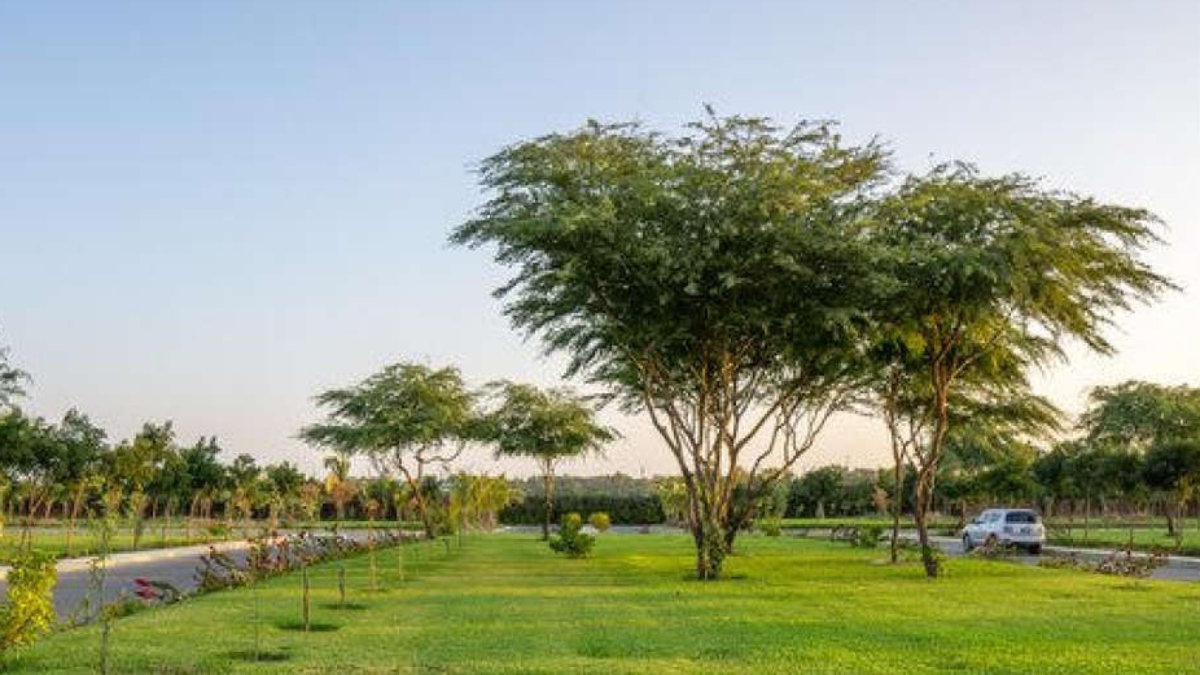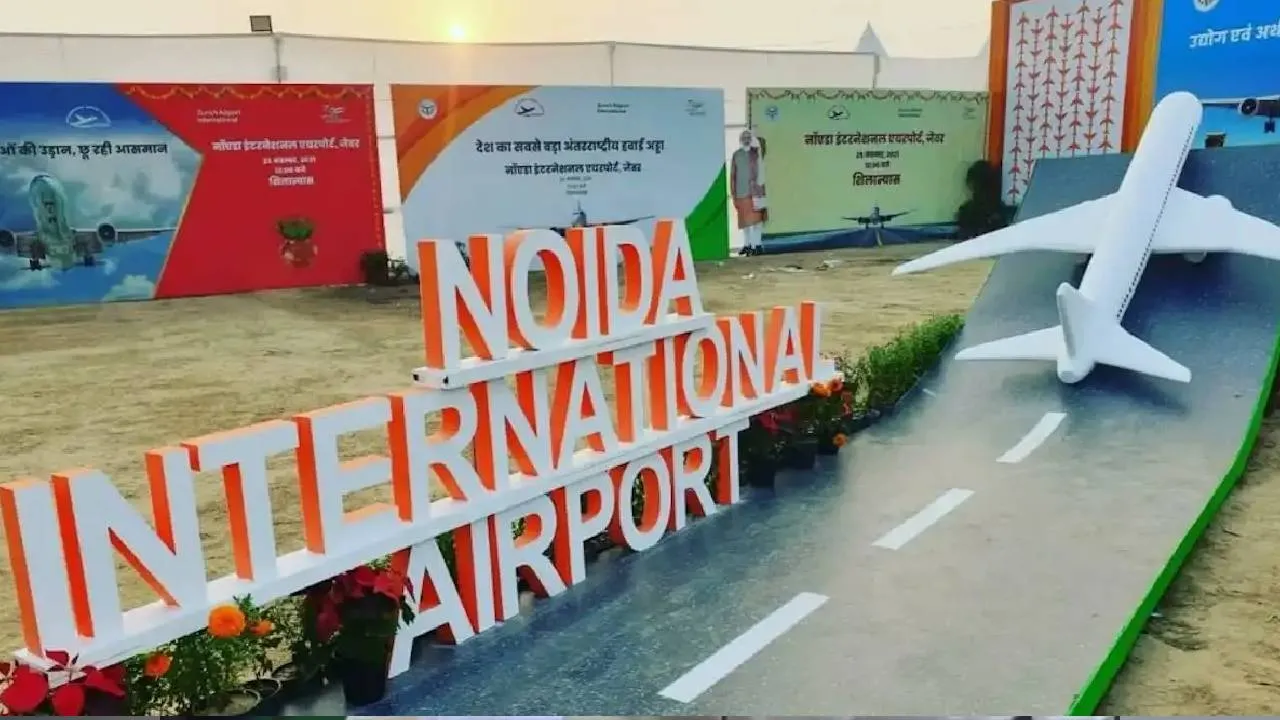Many of us remember the years when Pune was still a cool, green, peaceful, and pleasant city, a tranquil counterpoint to polluted, manic Mumbai, less than 200 km away. Today, at the end of one of the worst summers any of us can recall, we realise how much has changed. In 2017, a depressing report by the Forest Survey of India (FSI) noted that Pune had lost as much as 26 sq. km. of its green cover in just two years. It had 1,734 sq. km. of forested areas in 2015, which had reduced to 1,708 sq. km. by 2017. In February of this year, a new report by the same agency said that Pune district had reclaimed 5.63 sq. km. of green cover. It was 949.93 sq. km. in 2019 and will rise to 955.5 sq. km. in 2021. But see how much was lost between 2017 (1,708 sq. km.) and 2021 (955.5 sq. km.).
It is fashionable to blame the loss of green cover on real estate developers, while everyone ignores how much is consumed by infrastructure development. Either way, green areas in Pune are becoming increasingly rare with every passing year, and all sorts of developments are rapidly destroying even Pune’s once-famous hills and lakes.
The city’s performance in preserving its green heritage is nothing to be proud of, but the worst part is that we are paying for this in very real terms. The presence of greenery is directly related to the local climate. In previous years, Pune prided itself on being a city comparable to Bengaluru. That illusion is long gone now, and while rain recently brought an early respite to green Bengaluru, people living on the concrete heat islands of Pune ran air conditioners and waited in vain.
There is more at stake than just climate change when we live amidst increasing green cover depletion. Air pollution continues to exact its own toll on all of us. According to a recent Air Quality Life Index (AQLI) analysis, overall air pollution in our country reduces life spans by five years, as opposed to a normal life expectancy if the country adheres to the strict parameters outlined by the WHO.
The report says that India is the second-most polluted country after Bangladesh. In 2020–21, Pune ranked 79th in terms of air pollution at a national level. This was once the veritable Pensioner’s Paradise, a city where people could relax and grow healthfully old.
Can Pune recapture its former natural glory? Unfortunately, a lot of the damage is permanent. We can replant some trees, but we cannot reverse development at least not without a focused political will to undo the damage. Rainwater harvesting and solar panels on rooftops will not bring back the once salubrious climate everyone in Pune once enjoyed, regardless of where they lived in the city.
But it is not too late for every Puneri to live amid nature to breathe cool, clean air, hear the birds sing; the trees rustle, and walk across a green meadow after a refreshing burst of rain? While most development in and around the city has been consuming green open spaces, some real estate developers have taken up the challenge of preserving the green spirit of Pune.
There are still places in Pune where its green past is very much present and perfectly preserved. No, they are not for everyone. Remember that every square metre of green space saved costs someone a landowner, developer, or the government lost revenue. We are immensely grateful to Pune’s wealthy philanthropists who have bought up such land and kept it undeveloped so the city can breathe. But you obviously can’t live there if these spaces are not developed.
Living amid nature in Pune is not a budget housing option. You will doubtlessly spend more on a prime property amid nature than you would for a mass housing unit in a concrete mass. If you are ready for that, what are your options?
LOOK FOR TOWNSHIP PROJECTS WITH RESERVED FOREST OR SIMILAR PROTECTED GREEN OPEN AREAS
Consider parks and gardens and space-intense sports facilities like a golf course. A jogging track is not nature. Remember, you are looking for the real thing, not just a tiny patch of manicured grass with a token tree. Real nature requires space, a lot of it.
STUDY AND UNDERSTAND THE TOWNSHIP’S APPROVED PLANS AND BLUEPRINT
Do they specifically mention sizeable green open amenity areas, reserved forest space, and water bodies that will never be filled up to build another tower? Has the developer made a legal commitment to preserve these spaces not only now but permanently for residents to enjoy forever?
CHECK THE ALTITUDE
Pune’s once-fabled cool climate was the result of more than sufficient greenery. While a project may have adequate open space, the fact is that it will still be surrounded by a concrete jungle, which causes permanent heat buildup. A cool climate can now only be recaptured at higher altitudes, away from the main development snarls of the inner city. Look for township projects on Pune’s green outskirts, which are at a higher elevation. For example, one such luxury lifestyle township is actually situated at the same altitude as Lonavala.
INSPECT THE AMENITIES AND FACILITIES IN THE TOWNSHIP
Many areas in Pune are located near or between hills, but because they are remote, they lack the kinds of lifestyle features that make life enjoyable. The developer of an ideal township must strike a delicate balance. He must provide such features without taking away from the natural ambiance you seek.
MAKE YOUR MOVE
If you study how fast Pune has been losing its green cover and pleasant climate, it becomes evident that there is no time to lose. When you find the perfect township that ticks all the right boxes, buy your home and secure your place in nature’s fresh, green openness. In just a few years from now, you will be thankful that you did not hesitate.
The author is Akash Pharande is Managing Director-Pharande Spaces.



















